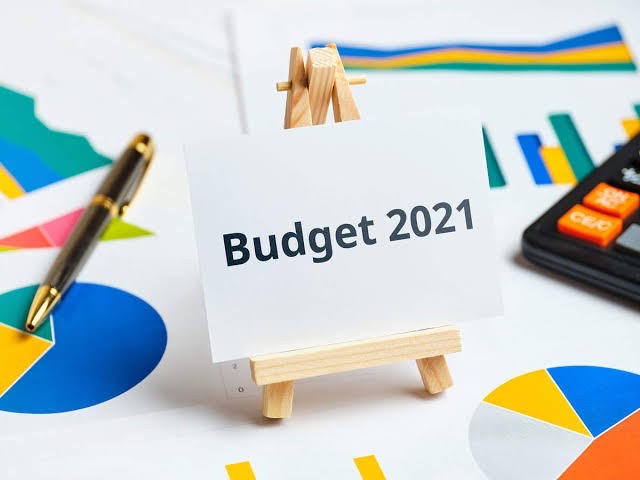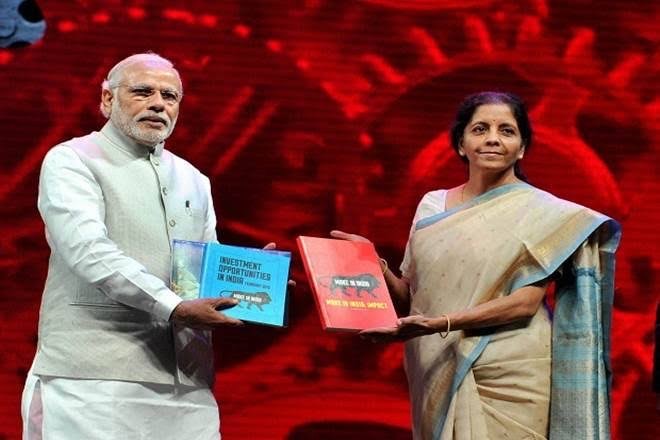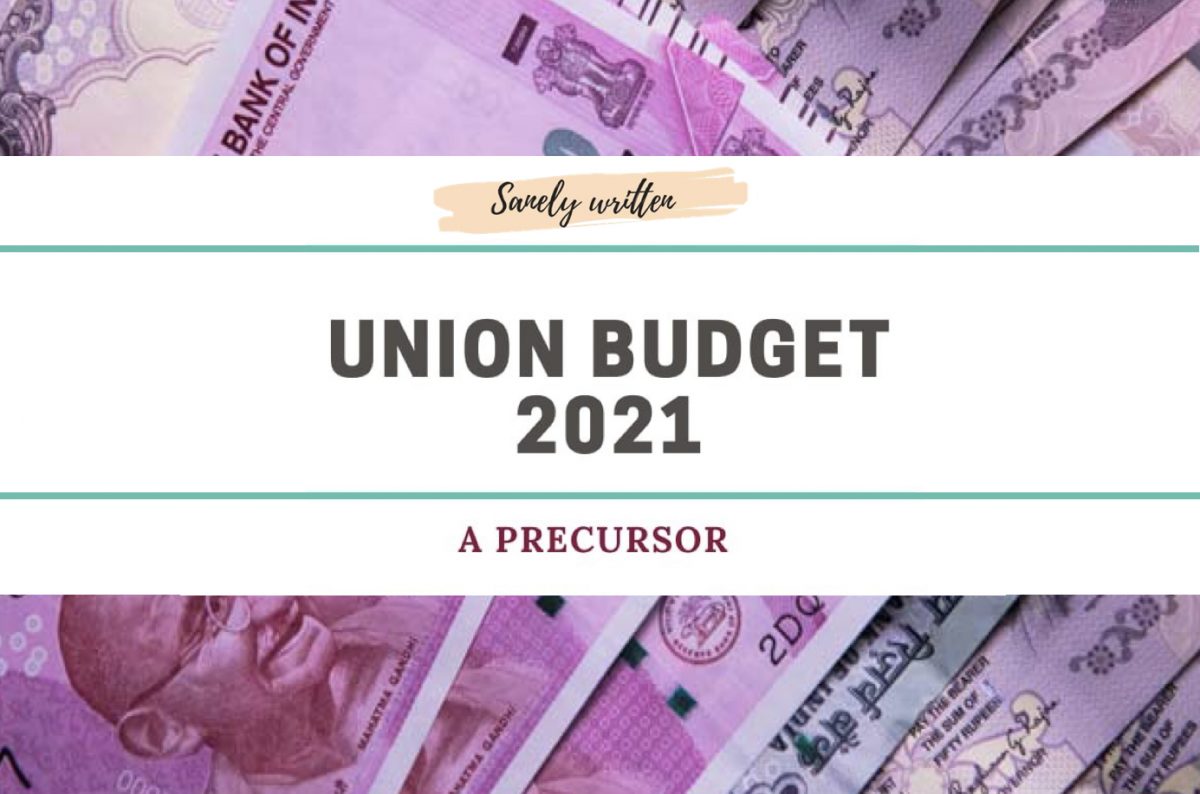The most basic thing on what goes on in the mind of policymakers while policy-making is done is the short-term pains that are there in the economy, the long-term growth trajectory, expectations of the people, the aspirations that our freedom fighters had towards our economy, all that imbibed together and policymaking is done at the budget level.
Before we start let us put it across that because of this year being a COVID year, there has been a lot of policy announcements that had been made throughout the year which can be taken as mini budgets that have already happened and this budget being a continuation of these mini budgets so the unnecessary hype that is attached to this budget is not called for & government reforms may not happen discretely on the budget day instead it may be a continuous process so we do not look at very significant changes or reforms being announced tomorrow i.e on 1st of February 2021 but yet given the market imperfections, the media hype & so many people have been traditionally looking at the budget the government will smartly try to ensure that it gives out a solid message, creates proper incentives and guides our economy to a path of long term growth which is what India has been looked out for – A LONG TERM GROWTH STORY.
When we talk about the budget we know that, budget is also formed by companies, they also do budgeting which is an exercise in which we lay down what happened in the past, as in the last year 2020-21 & what is the forecast for the future i.e. the income, the expenditures and if there is a deficit then the financial aspects of it too.
As far as the revenues are concerned, revenues would be recurring and non-recurring. If we look at the recurring part of the revenue, it would be the tax revenue and at the non-recurring parts, some of the examples would be divestment, sale of 5g spectrums and sale of mining rights.
And when we come to the expenditures, we have the revenue expenditure, the prominent being the payment to government employees. The capital expenditures include all the infrastructure spending that the government does.
If we look at the expenditures side, then the revenue expenditure is actually beyond the control of the government because the government has to pay salaries and the government has to make interest payments and the government has no choice in that regard. But then there is a capital expenditure in which the government can decide because if the government is constrained, then the government can reduce the capital expenditures.
The structural growth of the economy can only take place by developmental capital expenditures i.e. expenditure on infrastructures, expenditure on education, expenditure on health and hygiene, human capital, technology, physical capitals. It is only via these expenditures there could be a structural growth in the economy i.e. increase in the potential GDP of the economy, in the simple words. And that is why capital expenditure is a must and that is still a choice. On the other side, the revenue expenditure is not productive but everybody knows that anything cannot be done on that, it has to be incurred.
As far as the revenue side is concerned, tax collection is a direct function of the buoyancy of the economy. If we see the data from the last three months, the GST collection has been more than one lakh crores each month, in the December month itself it has been 1,15,000 crores.
Income tax buoyancy has been low this year which was already expected because of Covid-19.

If we expect that in the year 2021-22, there would be massive growth in GDP because the forecasts indicate that we can lookahead at the real GDP growth of around 8 to 10% and the nominal GDP growth of around 14 to 16% so, In that case, the tax buoyancy will automatically come. And if we believe at this data, then we are looking at a healthy picture on these grounds.
As far as the non-tax revenues are concerned, each and everyone would be geared to see what announcements are made regarding the plan for divestment of non-strategic PSUs i.e. public sector units. The government has surplus resources blocked in railways and defence so we will be geared to see in what way it is capitalised by the government. So the government has to see in what way we can mop up the non-tax revenues and use it wisely for structural capital expenditure.
Therefore, the non-tax revenue and the capital expenditure is the main focus of the budget because both are discreet, they are decided, they are not automatic and they have to make in a very very wise manner and all the eyes will be glued to what will be happening over there.
What makes this budget special as against any other normal budget is that – For the first time, the government is not bound or constrained by the Fiscal Responsibility Budget Management Act under which the government had to keep fiscal deficit to a certain percentage of GDP because of which they had their hands tied.
But this time around the hands are not tied because we know that the fiscal deficit number that would be reported would be around the tune of 5.5-6% of GDP. The entire world is showing fiscal irresponsibility as in nobody is talking about the constrain but everybody is talking about the fact that the economy needs to be pump primed. It doesn’t matter what the deficits are. And this is what is happening globally. NO economy is taking a disciplined approach towards the economy. Even the biggest, toughest and most disciplined of economists have talked about relaxing and not thinking about the fiscal deficit but here lies the character. This Government has shown that character.

If in this particular state, the government can announce a fiscal deficit figure which is somewhere around 5-5.5% not touching 6%, for the future and give us a glide path as to how this 5-5.5% move towards 4.5, 4 & then 3.5% in the coming 2-3 years and that would be taken very very positively by the market. By this the government will stick to a disciplined approach and would try to come out with creative schemes to ensure because of constraining themselves on fiscal deficit, the capital expenditure required so much for the economy is not constrained down and therefore some creativity has to be exercised.
So what creativity are we talking about?
Let’s understand the fact that –
During the entire Covid-19 period, we have heard about the fact that many companies which have had manufacturing plants in China are sensing a type of country risk in China which cannot be ignored, so they want to shift away from China and when they shift away from China, they will look at countries like India, Vietnam, Philippines every country is trying to ensure that they get those global supply chain management. When a company does a country analysis, a strategic analysis of the country is made in terms of country risk, then the company analyses the political risk in the country and that is where we stand out as India is a democracy, so the political risk is less especially because we are having a majority government, a very strong leader which reduces the chance of change in political government and even if it changes, the chance of policymaking getting reversed is very low. The companies also look at the economic risks, financial risks, regulation risks; all those are low in India. Even from a supply side, when labour reforms are concerned, those reforms have taken place during these times, land reforms are taking place & companies will see that there is a government that has not been afraid of taking these reforms. Inevitably, companies will look at India very positively.
India has also come out with a PLI scheme i.e. Production Linked Incentive scheme. This has been planned well but everybody is sceptical about the execution of the things.
If it is executed well on the ground, then India can attract a lot of FDI global supply management in various areas like Mobile handset manufacturing, Electronics, Textiles so there are many areas in which India can easily attract FDI’s. India can ensure that manufacturing units are created so that the technology comes in India and the employment is supported and therefore the government needs to be very serious about it & do something in this regard.

The second very important thing is the pain through which the certain sectors of the economy are going through like the hospitality sector of travel, tourism, aviation etc. Government needs to bring in more policies so that they stop bleeding. Several announcements were made during the Covid-19 period to support these sectors but some additional announcements can also be made. The government has also done some commendable effort in supporting the lower strata of the economy i.e. the MSMEs and the people in general in terms of directly providing incentives to them and something more can be expected in this budget.
As far as the markets are concerned, they are overpriced, trading at a Price-Earnings Ratio of 35-40 times. You cannot expect doubling of the markets in the next years like it happened last year in March at the bottom from 7500 levels to now 15000 levels. We cannot expect that will happen in the next year and therefore the returns would be moderated. There could be some global shocks which could take the markets down steeply. The budget on 1st of February 2021 would not provide a very negative surprise for the market to go down.
Let’s hope for the best & all the best to all of us for a very good budget which steers our economy not only for 1 or 2 years but for the coming decade and our country can achieve the potential that our freedom fighters dreamt of.




One reply on “UNION BUDGET 2021 : A Precursor”
Lets hope for the best.
If India plan and execute well,India can turn out to be top 3 economies of the world.